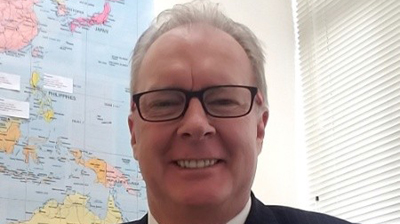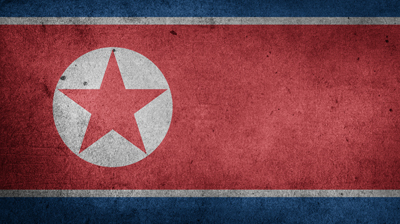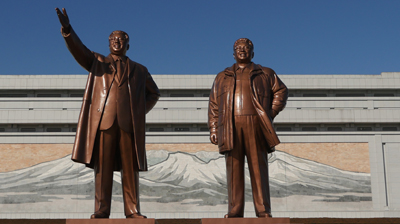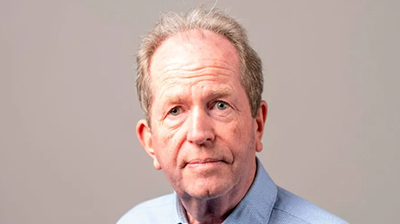
We are all familiar with the start of equipment finance in a particular country and seen it’s gradual growth, development, market penetration and maturity.
We can look at Australia in the early 1990’s when equipment finance was only starting, take it as a given that vehicle finance is where all lenders start as they feel most comfortable about residual value risk.
We can look at the emerging markets of Indonesia, for equipment finance in the mining market and infrastructure and the Philippines for solar farms and green energy projects.
We must not forget India and China (leasing increased in 2016 by 62% to US$289 billion), two huge markets for equipment leasing and private equity investments, where market penetration has hardly scratched the surface of potential business.
The latest country in Asia to open its doors was, of course, Myanmar (Burma), where the military junta held power for 50 years.
The first ‘democratic’ elections in 2016 allowed the voice of Aung San Suu Kyi to be heard, effectively leading the government in the role of State Counsellor.
She is barred from taking the Burmese presidency under the military-drafted constitution.
Many hailed the election as a new start with the US lifting many sanctions to allow open trade and foreign investments to start.
This did happen, and many companies have office representation now in Myanmar but the recent human rights issues with the Rohingya has cast a dark shadow over the reforms and ‘openness’ of this highly-controlled military government.
All of these countries present opportunities for foreign investment, be it debt or private equity.
But the largest opportunity for investment in Asia may be just waiting around the corner.
North Korea or the Democratic People’s Republic of Korea (DPRK) is an economically isolated island in the Asian and global market place of development.

The DPRK or ‘Hermit Kingdom’ as it is often called is shrouded in myth, legends, propaganda script writing and stories from escaped refugees.
These are the only sources from which we can piece together a picture of the economy of this belligerent nation.
One thing is for certain and that is the catastrophic effect the isolation in the world has had on this depressed economic country. For a country the size of New York State that holds 26 million people, the very day to day survival for the majority of its people is a struggle.
An infrastructure that is all but non-existent, one railway that goes nowhere and carries very few people, roads that have no cars on them, an agriculture industry that uses oxen and ploughs, supermarkets that only have empty shelves and electricity that often fails and is cut off every night even in the capital Pyongyang.
The despotic military regime has largely resisted reform, although it has tolerated some private entrepreneurship to generate growth and enhance its chances for political survival. Industrial capital stock is nearly beyond repair after years of underinvestment, shortages of spare parts, and poor maintenance. Frequent weather-related crop failures aggravate ongoing systemic problems in agriculture, including a lack of arable land, collective farming practices, and poor soil quality.
And thereby lies the opportunity for investment. How incredible would it be if the world could step in and help this country?
The issues facing such a step are enormous and too many to discuss here but firstly the Supreme Leader Kim Jong Un needs to want help.
The Supreme Leader Kim Jong Un is idolized like a god. Even the DPRK calendar is based on the number of years since the birth of his grandfather Kim Il-sung.
The year 2018 in the DPRK is Juche 107. Juche being part of the country’s ideology
So is this likely to happen? Most recently the possibility appeared to have potential with the proposed US and DPRK summit on June 12 in Singapore, which has now been cancelled, but then possibly reinstated as this paper was published.

Was this ever a reality or were we watching the political manipulations of two leaders playing ‘one upmanship’?
The DPRK is in desperate need of investment, more so than any other country we have seen since the end of the Second World War.
If the borders opened and the country was safe for tourism, this would bring in foreign currency but investment would be needed across the board from infrastructure (power grids, roads, rail, hotels) to agriculture business with machines, processing factories and logistics to move produce around the country to villages.
This is without even considering any laws and regulations for managing foreign investment. The structure of the government is not even fully understood, if at all.
There is no tax system in place, the government owns nearly all the land and controls all the banking sector. Private sector businesses operate under government scrutiny and the government dictate all wages.
At least when Myanmar opened up for foreign investment they had banking and tax regulations of sorts and had not suffered so badly under international sanctions and global isolationism.
North Korea presents a great opportunity from a philanthropic perspective as well as investments from the private and institutional sector but at what risk?
* Paul Errington is CEO of Connaught Finance in Hong Kong






